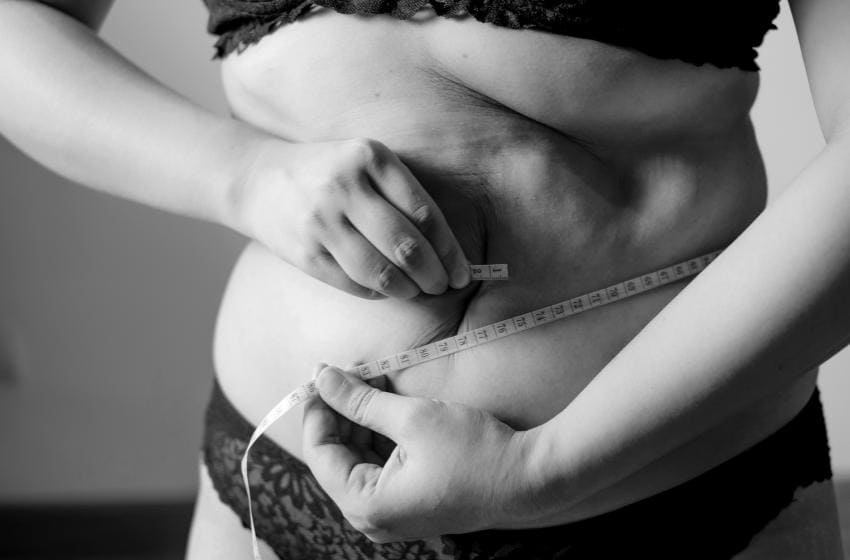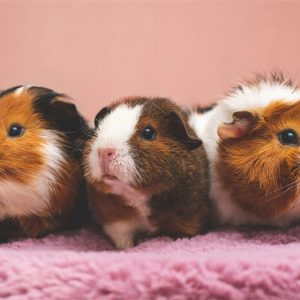
In terms of muscle growth and weight accumulation, bulking is what most people resort to. This phase of the bodybuilding cycle involves taking in more calories than are necessary to increase muscle size. In this stage, the intake of proteins and carbohydrates increases.
However, not all bulking methods are equal. In the world of fitness, two approaches stand out: dirty bulk and clean bulk. In this piece, we discuss their roles, what foods are linked to them, and how they affect your health in the long run.
Dirty Bulking Meaning
Dirty bulking is a term used in bodybuilding and fitness communities where people gain bulk muscle by eating many calories without considering nutrition. The goal of dirty bulking is to accumulate muscle mass in a short amount of time while overfeeding yourself with many calories. Furthermore, it focuses on fast weight gain, which may suit individuals interested in gaining total body mass within a short time frame.
Dirty Bulking Foods
Foods associated with dirty bulking are usually fatty and rich in sugars and processed ingredients. They include fast food such as hamburgers and fries, carb snacks like chips and cookies, dairy products high in fat, milk, whole-bread cheese, drinks, sweetened sodas, energy beverages, pork, bacon, and sausage. Moreover, baked sweet and high-calorie sauces, desserts, and nut butter also form part of a dirty bulk plan.
Dirty Bulking Pros and Cons
As with any nutritional style, dirty bulking has its pros and cons. When deciding if this approach fits you, you should give the following benefits and drawbacks considerable attention to ensure they align with your goals.
Among the advantages of this mass-accumulating approach, we can find:
- Rapid Weight and Muscle Gain: Dirty bulk leads to significantly greater weight gains and lean muscle mass increases, which is what makes this training method attractive for those who would like quick results.
- Less Restrictive Diet: Clean bulking methods highlight ratios of particular nutrients, while dirty bulking permits a less rigid diet. This approach psychologically empowers individuals who cannot adhere to a stringent diet plan.
- It Is Easier to Create a Calorie Deficit: Dirty bulking with high-calorie foods is the easiest way to have a calorie surplus. Most people who prefer this diet are those who have higher energy expenditures or fast metabolisms.
- Increased Strength Gains: Calorie overfeeding ensures the required amount of energy for hard workouts and can result in more strength progress while bulking.
As for the disadvantages of this strategy, individuals can expect:
- Poor Diet: Dirty bulk is typically characterized by consuming foods rich in fat, sugar, and processed compounds that are deficient in delivering the essential nutrients the body needs. This leads to nutritional deprivation and impacts your overall well-being.
- Excess Body Fat: As most dirty bulk foods are high in calories, they threaten to increase body fat and muscle mass. Eating them may result in unhealthy body composition and associated complications due to increased fat deposition.
- Risk of Health Problems: Processed and junk foods are a source of health complications such as high cholesterol levels and insulin resistance that lead to metabolic problems. They can harm your cardiovascular health and wellness in the long term if you are not careful enough.
- Transition Challenges: Shifting from a dirty bulk to cutting (eliminating excess body fat) can be more challenging than clean bulking. Losing excess body fat requires time and, sometimes, even a more severe diet.
- Possible Negative Effects on Hormones: The lack of essential nutrients in the diet can lead to low levels of hormones responsible for boosting muscle growth and keeping you healthy.
All individuals considering dirty bulking should weigh these pros and cons in light of their goals, general views, and health concerns. If need be, consult with a healthcare professional before deciding to follow this route. 
Clean Bulking
Clean bulking refers to a method of gaining muscle mass in which the energy surplus comes from the consumption of healthy whole foods. This method aims to build muscle while still maintaining proper health and body composition. It emphasizes the necessity of consciously selecting healthy foods as a way to achieve sustainable and balanced muscle building.
Clean Bulking Foods
This practice involves eating healthy, whole foods to induce calorie overload while at the same time consuming an optimal amount for lean muscle growth. Clean, dense foods are key in this diet. Low-fat protein sources such as chicken, turkey, fish, and tofu are also paramount as well. Other foods that practitioners of this diet can also consume include complex carbohydrates like those in quinoa, brown rice, sweet potatoes, and oats.
Additionally, healthy fats presented avocado, nuts, and olive oil are also integral. These foods are nutritionally rich in macronutrients and micronutrients that provide for muscle building, general health, and endurance.
Advantages and Disadvantages of Clean Bulking
Clean bulking has a number of benefits and drawbacks. They highlight the significance of making wise food decisions for the best possible muscle growth and general well-being.
Among some of the positives you can expect from this diet approach, we have:
- Building Muscle: Clean bulking emphasizes nutritious foods that promote muscle building without storing excess fat. This results in a more favorable body composition.
- Optimal Nutrient Intake: Whole food is minimally processed, consisting of macronutrients, proteins, fats, or carbohydrates, along with micronutrients like vitamins and minerals that promote well-being. It also encourages equal distribution of macronutrients that balance energy, muscle recovery, and athletic performance.
- Sustainable Lifestyle Choices: Going clean with bulking ultimately allows one to focus on whole foods and a more balanced diet, which is a sustainable, long-term muscle-building method.
- Reduced Health Risks: Choosing healthy foods instead of processed ones lowers the risk for metabolic changes such as high cholesterol and insulin resistance.
- Better Transition to the Cutting Phase: Clean bulking helps to move smoothly into the cutting phase because less fat is accumulated and stored in it, helping achieve a more specific and attractive figure.
- Improved Digestive Health: Many whole foods contain high levels of fiber that facilitate the smooth movement and functioning of digestive tracts.
As for the negatives, anticipate the ones listed below:
- More Planning and Preparation: Planning and preparation are necessary for clean bulking due to the choice of a range of natural foods. This may take a lot of time for people who have many things to do.
- Potential Calorie Deficit: Despite the emphasis on quality nutrition, some people find it difficult to get enough surplus calories from clean sources alone, which can hinder muscle growth.
- Progress Feels Slower: Clean bulking can make weight and muscle gain feel slower than dirty bulking, deterring those looking for quick results.
- Social Challenges: Adhering to a clean bulk diet can lead to social challenges in certain situations where healthier options are limited, such as social gatherings or eating out.
- High Cost: Diets that emphasize healthy substances can be costlier than diets reliant on cheaply processed foods. This can also be a limitation for those working with limited funds.
- Individual Differences: What is effective for one person may not be as effective for another, and individual responses to clean bulking approaches vary depending on factors such as metabolism, genetics, and personal preferences.

What Is Better Between Clean And Dirty Bulking?
Choosing between clean and dirty bulking is based on personal preferences as well as overall health. What is more, clean bulking, which implies consuming nutrient-dense whole foods, has a positive effect not only on muscle gain but also helps to avoid health problems that appear when people consume too many processed junk foods. It provides a healthy and steady nutritional direction, enabling an easier shift into cutting stages.
On the opposite side, dirty bulking focuses on gaining calories without much emphasis placed on dietary aspects. It may consequently speed muscle and weight gain, but this diet’s high body fat content will present individuals with additional health risks.
Personal preference, tolerance to dietary restrictions, and the weight of both short-term and long-term health consequences should determine which bulking method to follow. Speaking with your doctor or nutritional professional can lead you to a suitable method for addressing individual needs and desires.
Conclusion
The choice between dirty and clean bulk boils down to personal preference, usage purpose, and health implications. While dirty bulking allows for fast muscle mass build, clean bulking ensures a more all-encompassing direction to an individual’s wellness and growth. However, similarly to any fitness pathway, it is important that you meet a health professional or nutritionist in order to see the most appropriate way of diet planning for your specific needs and goals.





